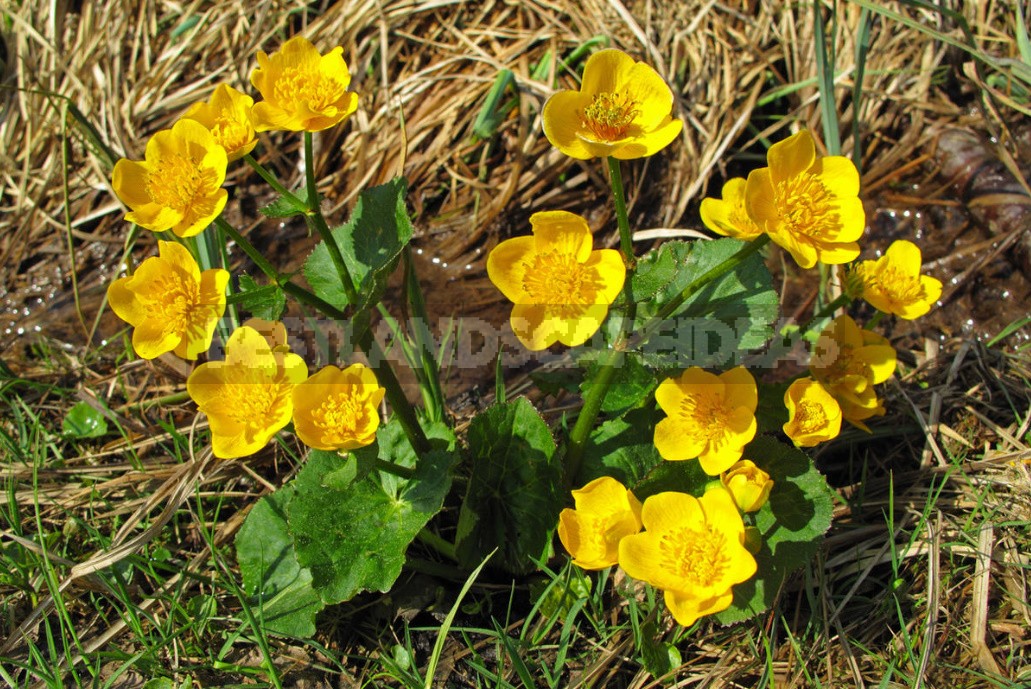
After a long winter sleep, nature gradually wakes up, and one of the first messengers of the long — awaited spring is Caltha palustris. Now it is more often found in suburban areas, and this is easy to explain: there are not so many near-water (or short — term-water) plants that bloom in early spring.
Botanical dossier
Caltha palustris is a Golden member of the Ranunculaceae family. She is originally from Eurasia. This wild plant of wet meadows is truly universal: it can be used as a food, medicinal, decorative.
Caltha palustris is a short-rooted herbaceous perennial with a height of 10-40 cm and a width of 45 cm. The stem is straight or raised, thick, juicy, not rooting in the nodes, branching closer to the top. The leaves are alternate, entire, leathery, shiny. Especially beautiful are the lower ones (basal) — large, round-heart-shaped, long-stemmed. The middle and upper ones are smaller, short-stemmed or almost sessile, reniform-heart-shaped or triangular-reniform, 4-10 cm long. Above-water leaves are dark green, underwater-reddish-purple.
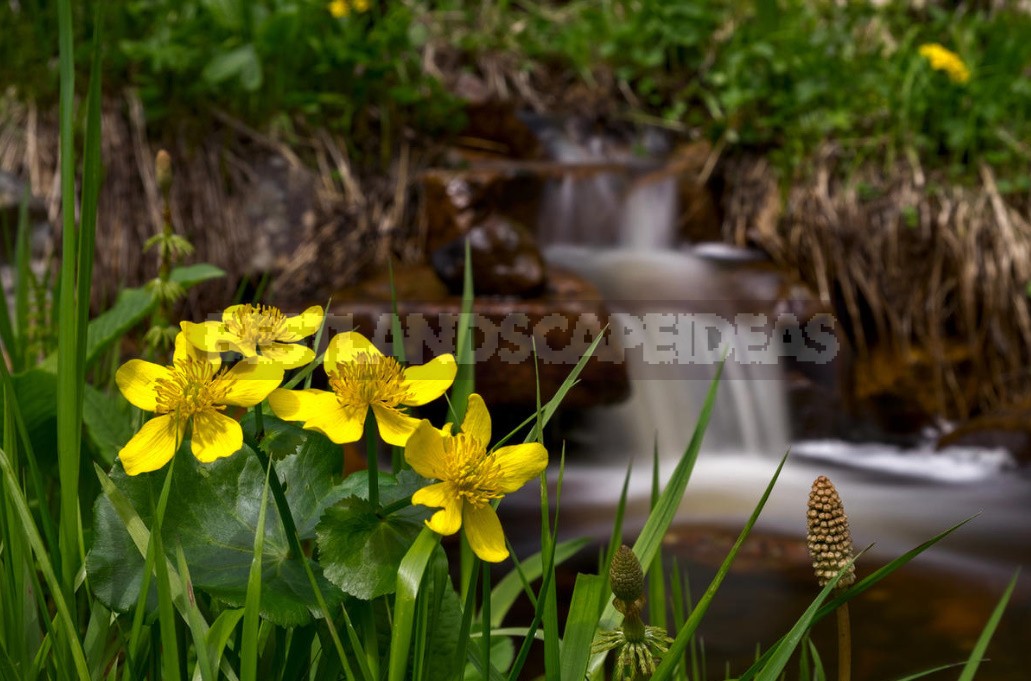
The first flowering begins only in the 10th year of life. The flowers are numerous, large (up to 4 cm in diameter), Golden-yellow, as if varnished, on long pedicels and pedicels 30-45 cm long, collected in a rare inflorescence; they bloom in April-may, then again in autumn. Fruits-dry multi-seeded leaflets; ripen in September. Seeds (one plant can produce up to 3000 PCs.) are black, shiny.
Decorative varieties and forms:
- ‘Multiplex’ – compact plant with double flowers;
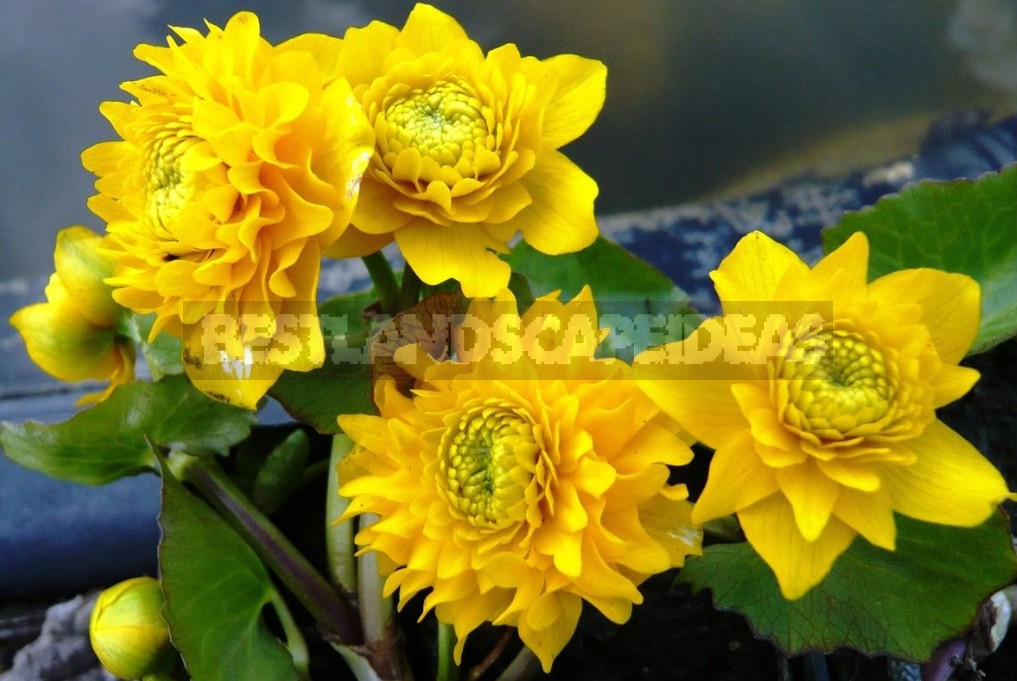
- ‘Flore Pleno’ – 25 cm high and wide, double yellow flowers;
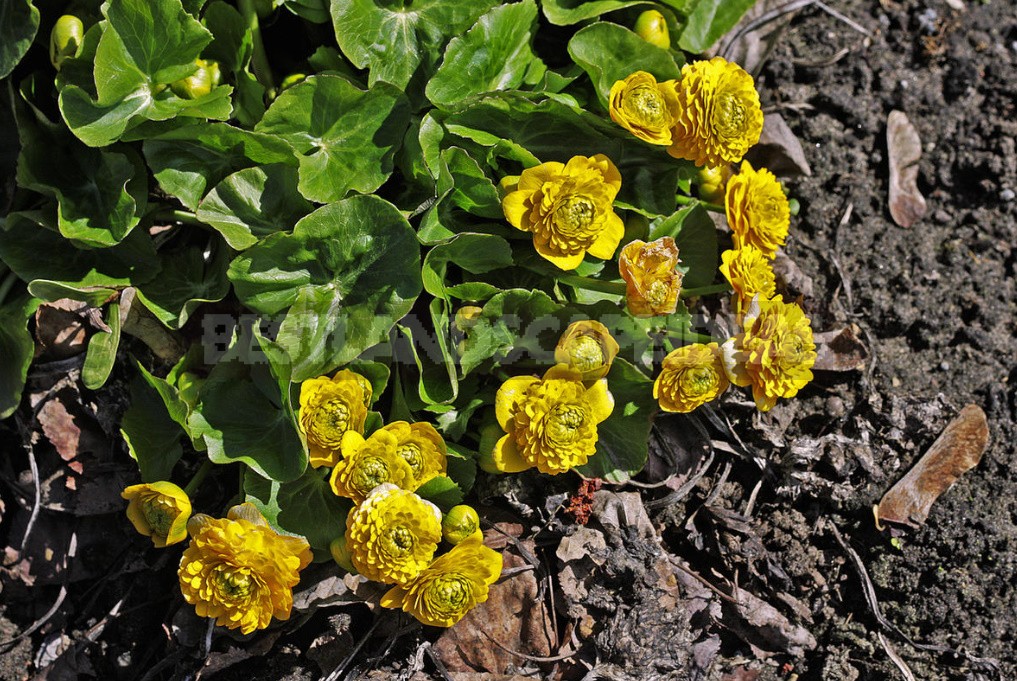
- ‘Alba’ – a compact plant, 22 cm high and 30 cm wide, early-flowering, white flowers with yellow stamens;
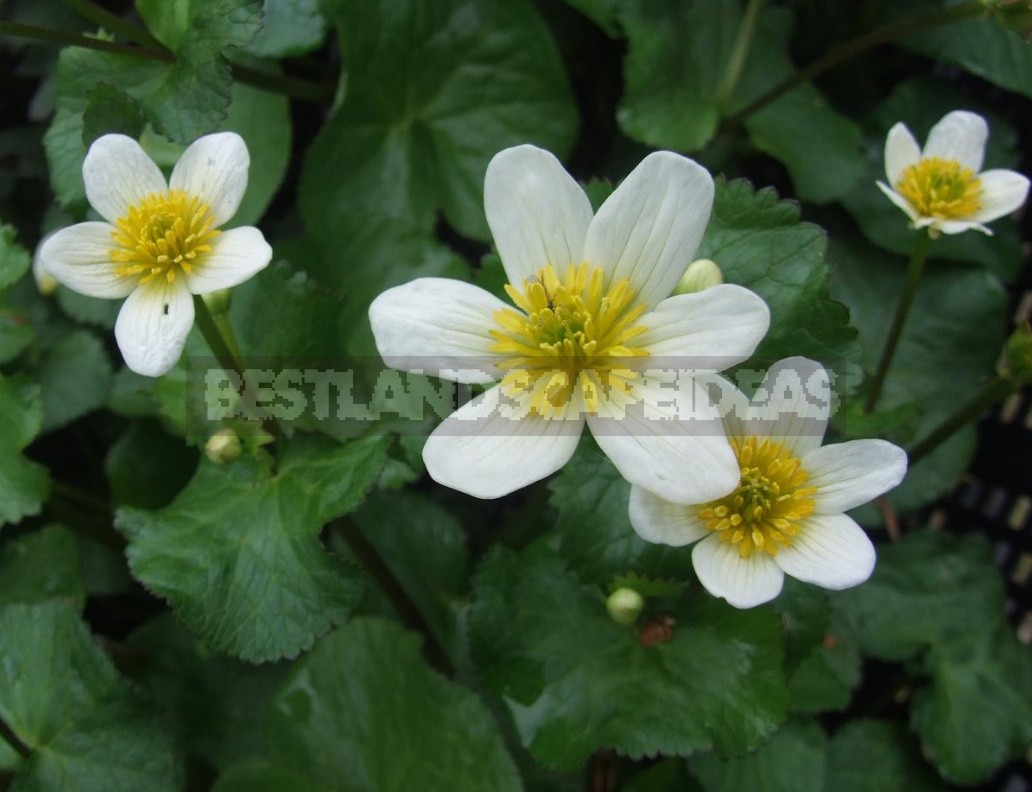
- Caltha palustris var. palustris, syn. Caltha laeta, Caltha polypetala-giant, up to 60 cm high and 70-75 cm wide, creeping rhizome, rounded leaves with a heart-shaped base, flowers up to 8 cm in diameter;
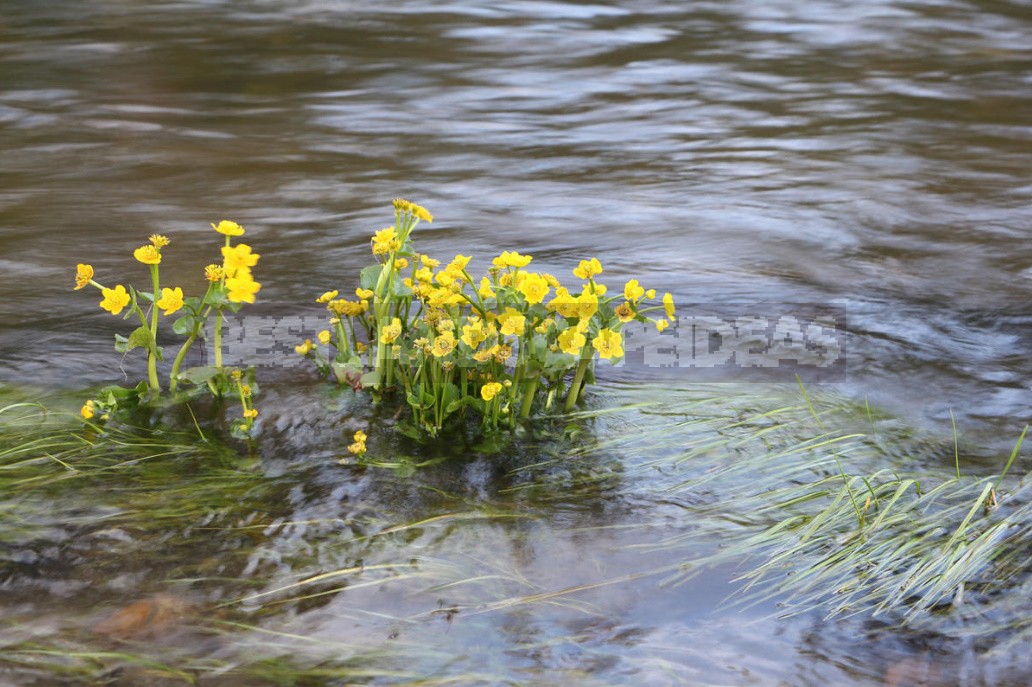
- Caltha palustris (var. barthei) – flowers are almost red.
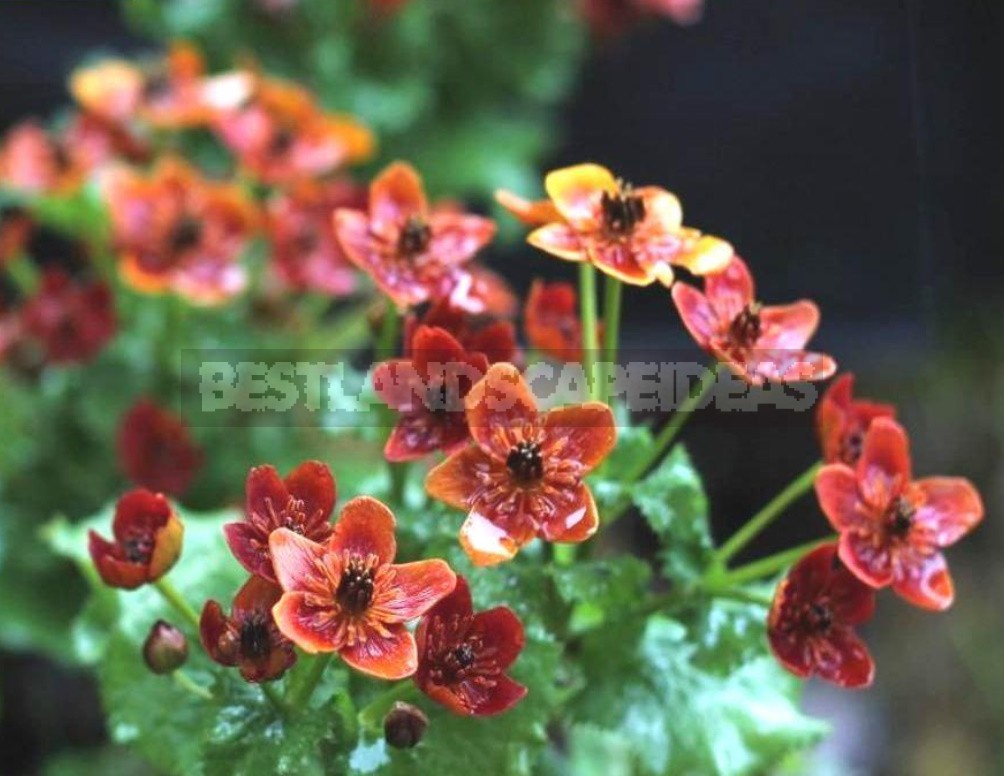
It is interesting
- According to one version, the genus name is derived from the abbreviated Latin ancient Greek word calathos (“glass”) and is associated with the goblet-shaped shape of the flower.
- The species name is derived from the Latin paluster (“swamp”) and is related to its habitat. Caltha palustris comes from a word that means “swamp”, “mud”.
- There are only 10 species in the genus.
Where it can be found in nature
Caltha palustris is quite hardy. It is found in swampy meadows, along the banks of reservoirs throughout the European part, Central Asia, and the far East.
Caltha palustris doubles
Flowers it looks like:
- trolius europaeus;
- Ranunculus acris;
- Anemone ranunculoides;
- Hylomecon vernalis;
- Adonis vernalis;
- Eranthis;
- Ficaria verna and others.
Where will Caltha palustris grow
It has a superficial root system that extends no more than 50 cm deep. Caltha palustris can grow in water (at a depth of up to 23 cm, for a short period), but prefers shallow water or swamps. In reservoirs, it is better to plant it at a depth of 5-10 cm.

It puts up with the penumbra of deciduous trees that do not prevent it from blooming (at this time they have not yet opened their leaves). She likes the fertile clay soil, Sunny location, and water (so she is comfortable in a swampy or coastal area of the reservoir).
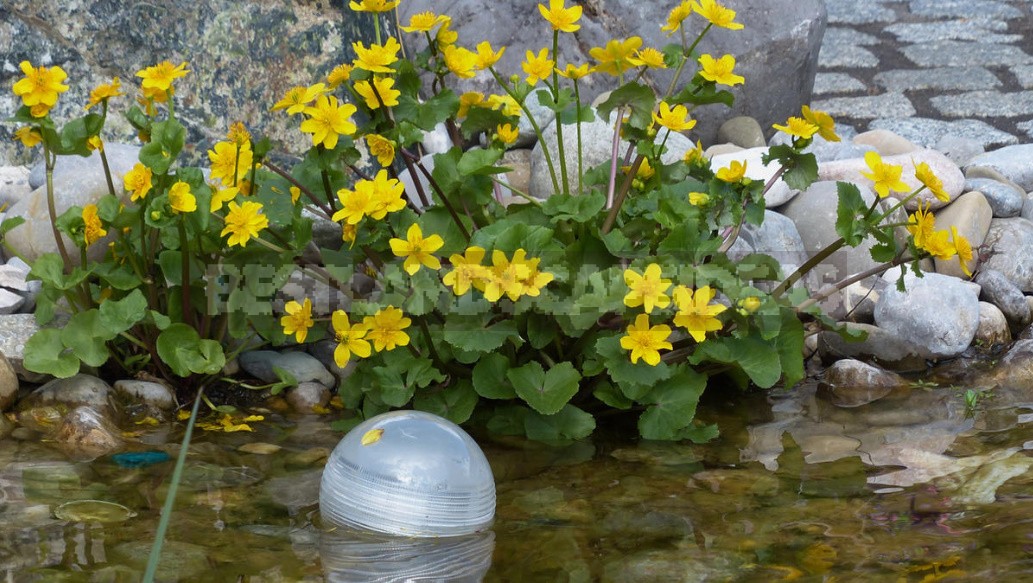
With regular watering, Caltha palustris can grow even in dry areas of the cottage. For abundant flowering, liquid fertilizing with mineral fertilizer is carried out 1 time a month.
The nuances reproduction
Propagated by seeds (winter sowing) and vegetatively: segments of the rhizome, dividing the plant from August to September inclusive (every 3-4 years).
Additional advantages of Caltha palustris
Like a food plant. The herb has a pleasant sharp-burning taste, but it can not be used for food when fresh: the plant is slightly poisonous, it becomes harmless to humans only when dried or heat-treated. True gourmets have long appreciated the boiled and pickled in vinegar flower buds Caltha palustris (known as German capers) as a seasoning for meat and fish dishes. Also, real connoisseurs of this plant pamper themselves with boiled shoots and leaves in salads and first courses.
Like a medicinal plant. Leaves and flowers are used for medicinal purposes. They are dried in the shade and dried in dryers at a temperature of +50…+60°C. The roots are harvested in autumn : washed in cold water, cut into parts, kept a little in the open air and brought to condition in dryers. The shelf life of raw materials is 1-2 years.
Used in folk medicine as an anti-inflammatory, analgesic, diuretic, anti-fever, antiandrogenic agent (take in a strictly dosed amount only after consultation with your doctor!). For colds, decoctions are used for foot baths. Juice from fresh leaves and flower buds is shown as a wound healing agent for neurodermatitis and eczema.
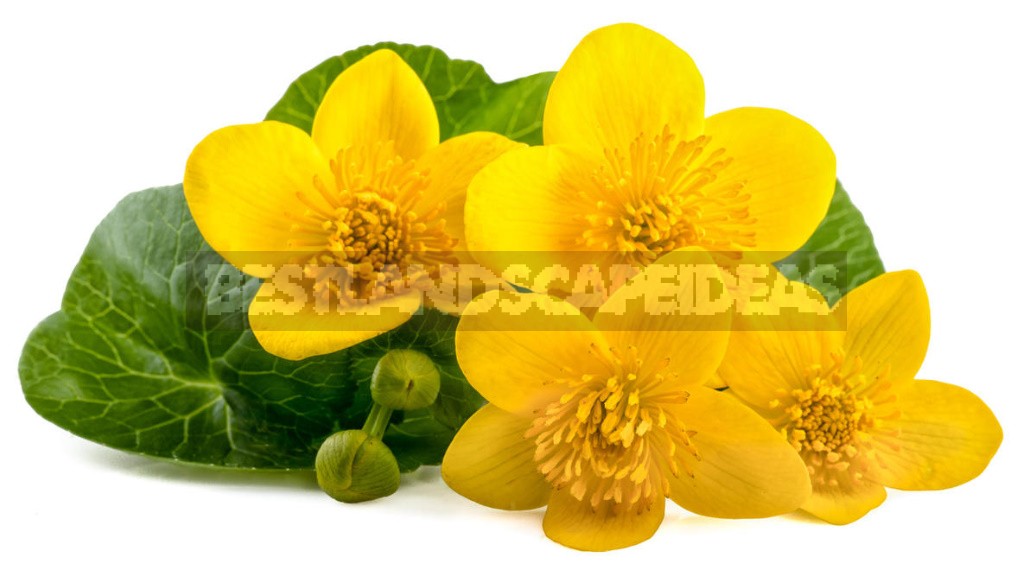
Warning! The leaves and stems of Caltha palustris are poisonous before flowering. To collect for food and medicinal purposes, you can start only after the beginning of flowering, when they become safe. In case of overdose, nausea, vomiting, abdominal pain, digestive tract disorders, skin rash are observed.
In addition, Caltha palustris is a beautiful honey plant and a plant that gives bees pollen.
How best to place Caltha palustris in the country
The secret of charm lies not only in the shining Golden flowers, but also in the beautiful leaves that appear from the end of April and do not lose their decorative character until mid-August. Later, places with Caltha palustris should be covered, not forgetting that in autumn it can bloom again.
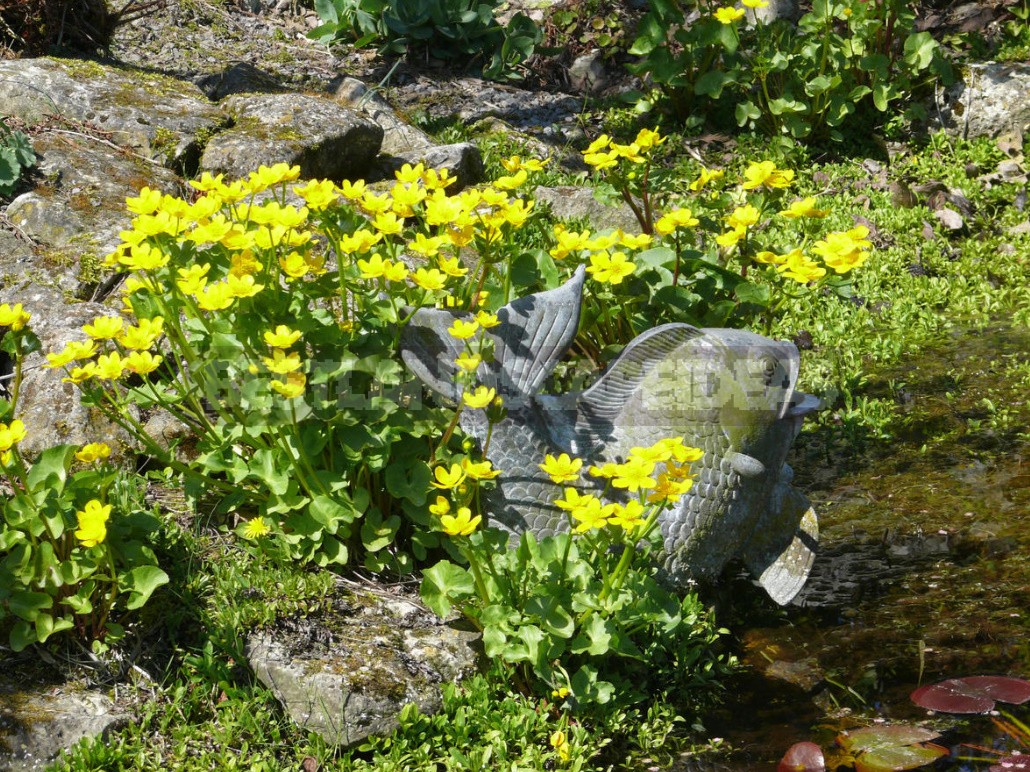
In spring, when there are still so few bright colors, Caltha palustris blooms with gold the coastal zone of reservoirs and wet places of the suburban area.
Successful companions for Caltha palustris
At the reservoir, Caltha palustris will make harmonious duets with many plants. This:
- Alisma plantago-aquatica;
- Iris pseudacorus and Iris japonica;
- Mimulus guttatus syn. M. langsdorfii;
- Nuphar lutea and others.
Caltha palustris is self-sufficient in a single landing, but looks more advantageous in a successful group.
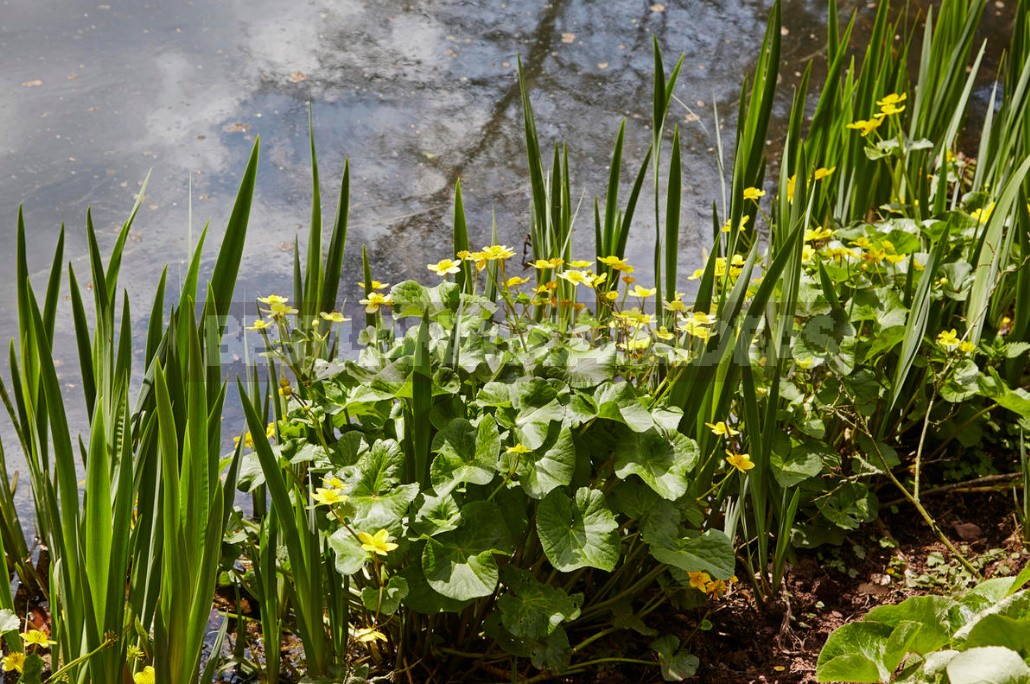
In suburban areas with moist soils a worthy company Caltha palustris will make Up:
- Astilbe;
- Ligularia;
- Aruncus;
- Lysimachia punctata;
- Geum;
- Rhododendron;
- Hydrangea;
- Salix and others.
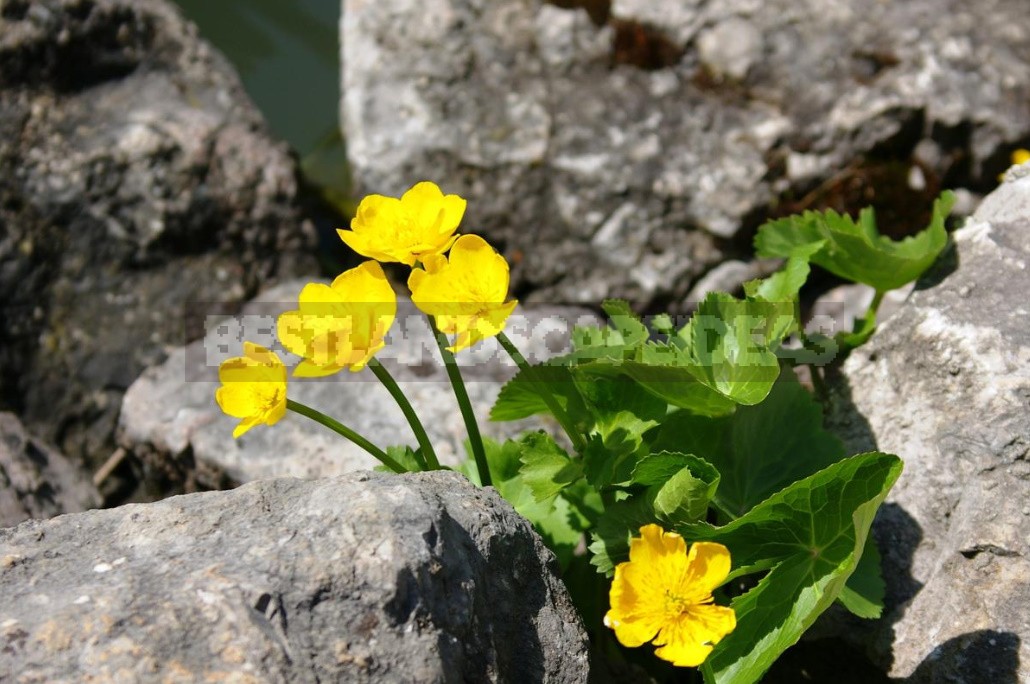
During the flowering period, it will be good in the foreground or in the Central part of the spring flowerbed. Next to it will look harmonious:
- Adonis;
- Bellis;
- Helleborus;
- Hepatica;
- Myosotis;
- Primula;
- Pulmonaria;
- Pulsatilla;
- Viola wittrockiana;
- Brunnera;
- Bergenia crassifolia and others.
A double benefit can be derived from planting:
- with Hosta;
- Persicaria, syn. Polygonium;
- Matteuccia struthiopteris;
- Hemerocallis x hybrida and others.
In spring and summer, partner plants will delight the eye with a cute duet with Caltha palustris, and at the end of its growing season, they will cover the fading beauty with their leaves.
Does Caltha palustris adorn your cottage plot?
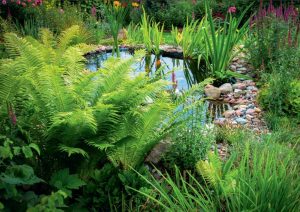
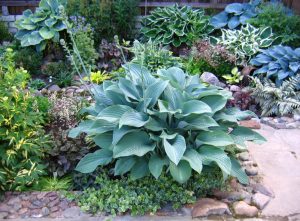
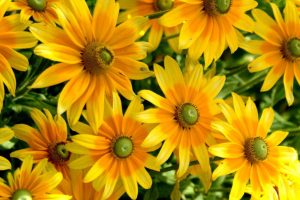
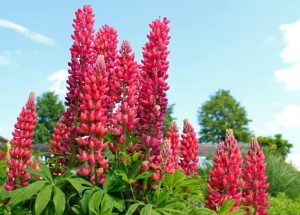
Leave a Reply